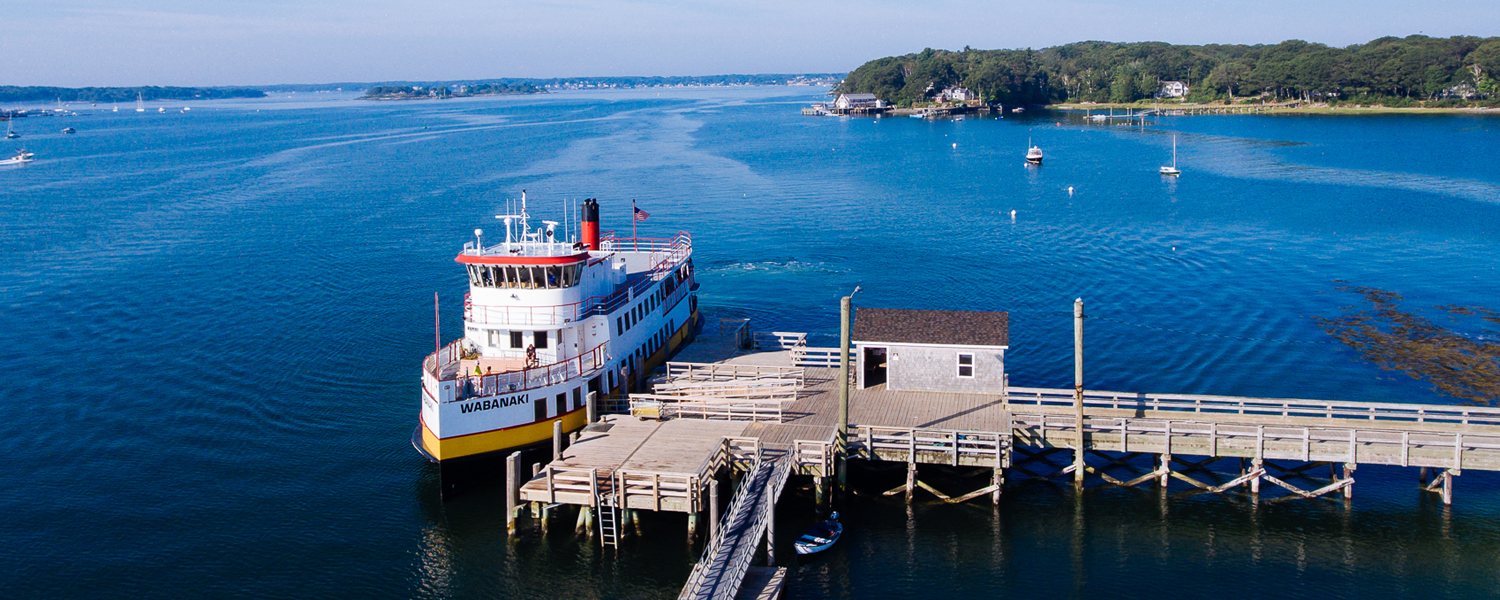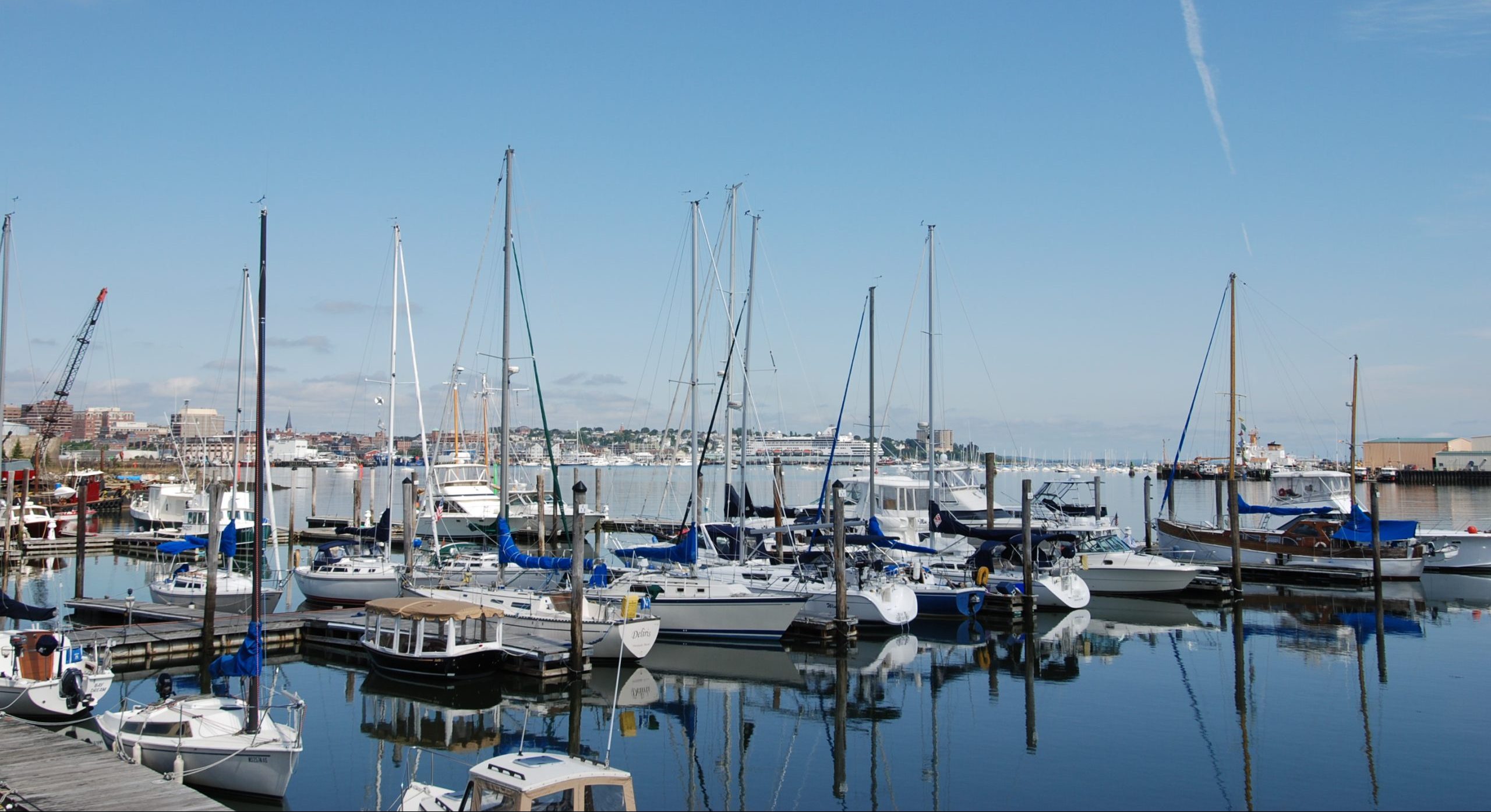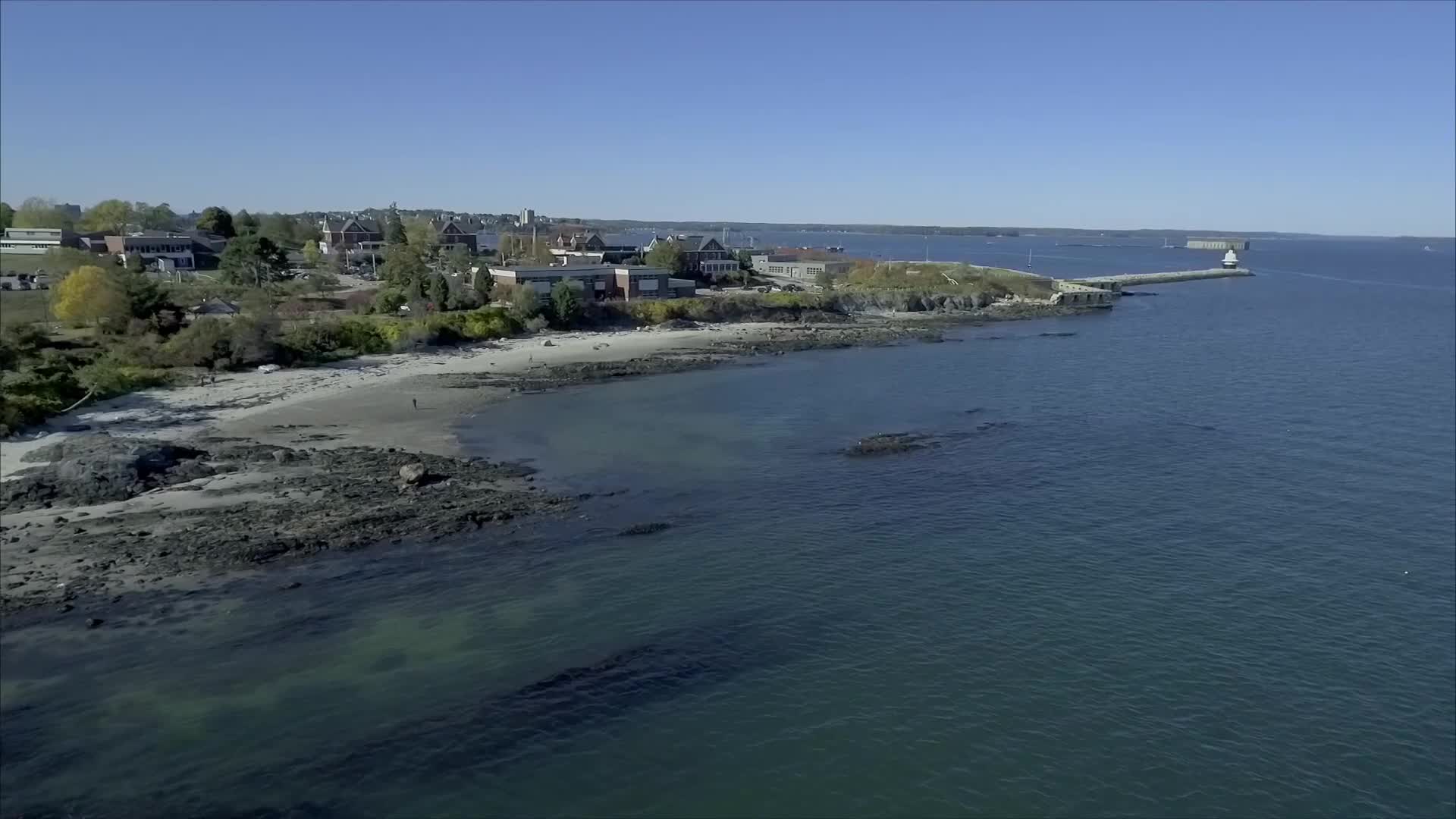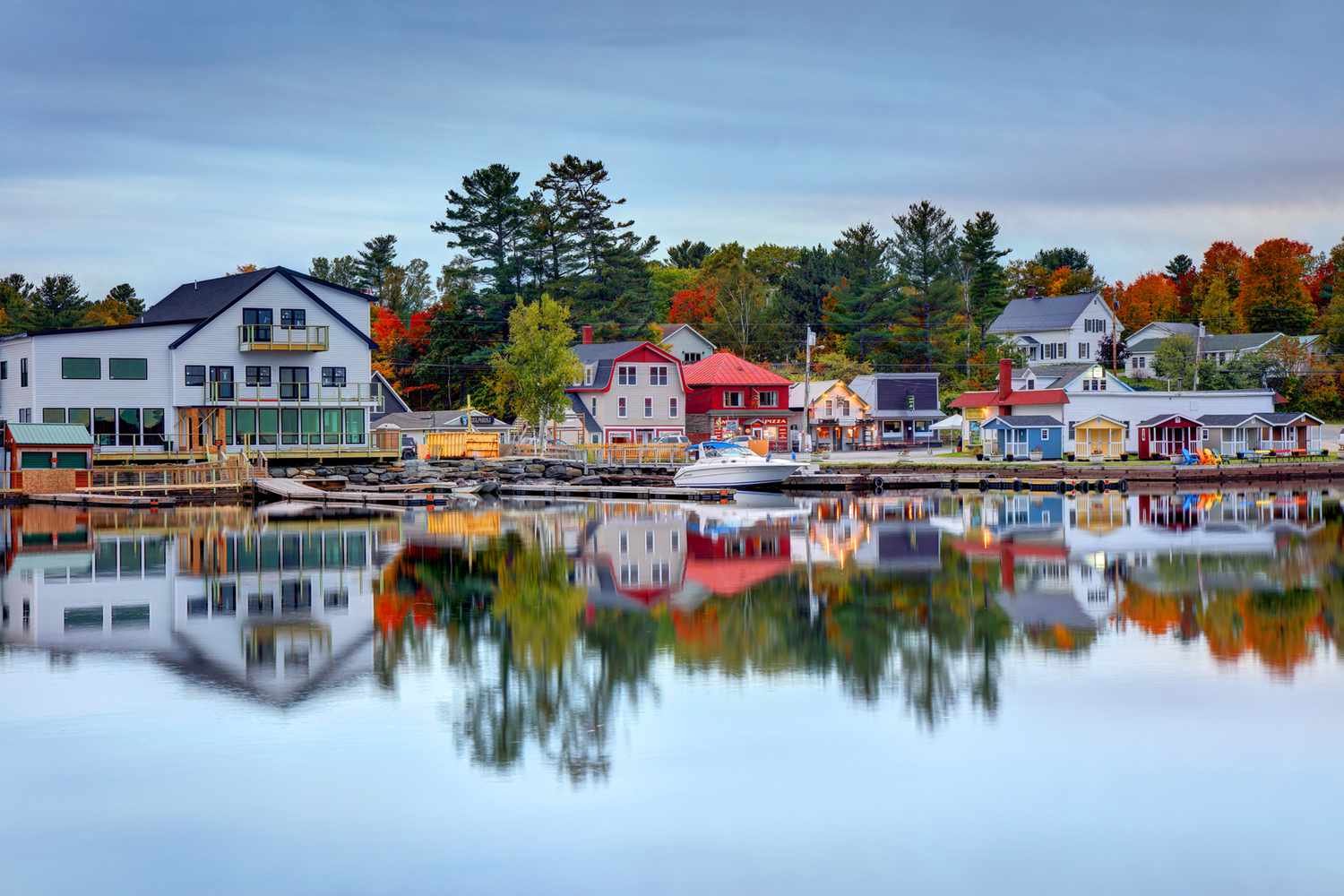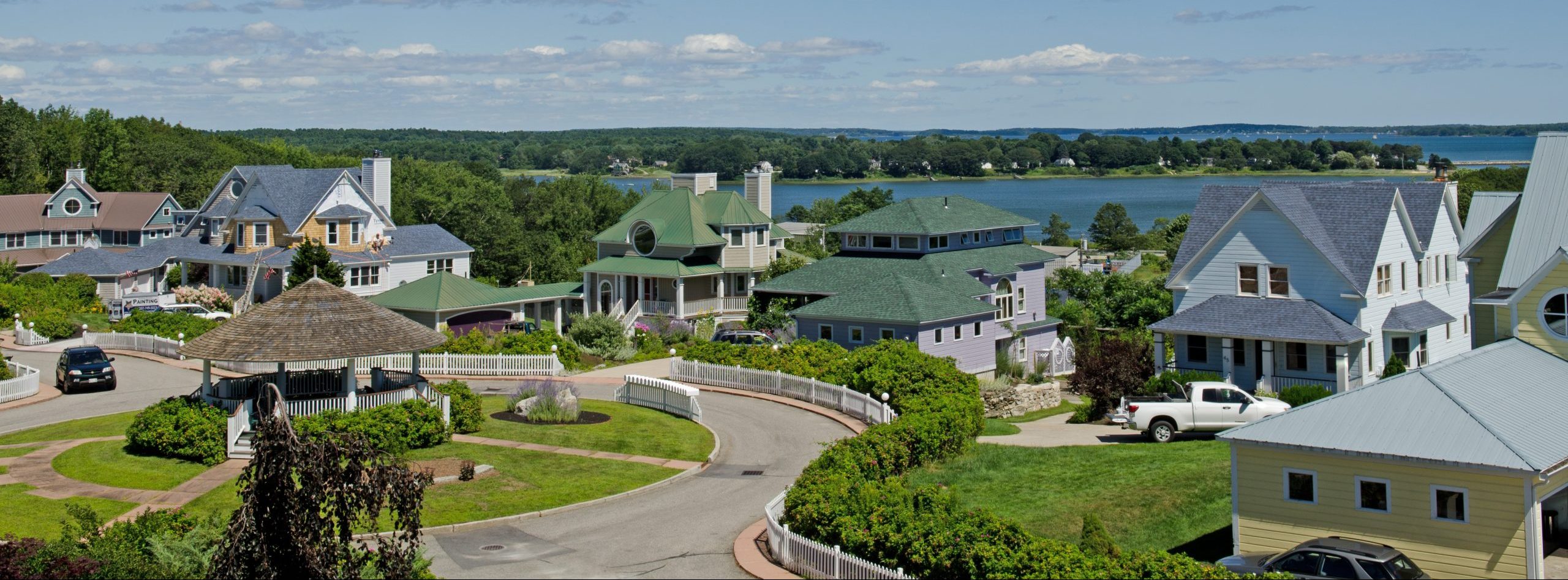Maine Waterfront FAQs
Be an informed buyer
Be an informed buyer
Yes. In recognition of the importance of the shorelands of Maine’s lakes, rivers, wetlands and the ocean to the state’s environment and economy, a Shoreland Zoning Act was first enacted in 1971. Since then, these controls have been revised and expanded.
This act established minimum zoning standards for all towns and municipalities to adopt, and gave the state an oversight role. Local governments have to meet these requirements, but they could be more stringent than the state’s guidelines, so with any specific property/project, it is important to contact the local government.
Towns have the role of issuing permits, appointing a Code Enforcement Officer to enforce the ordinances, and collect fees and record all transactions.
- All land within 250 feet of the highwater line of any pond over 10 acres, any river that drains at least 25 square miles, and all tidal waters and saltwater marshes.
- All land within 250 feet of a freshwater wetland over 10 acres.
- All land within 75 feet of streams that are an outlet of great ponds or streams below the confluence of 2 perennial streams.
It is measured horizontally from the normal high water line, or in the case of a wetland, the “upland edge”. It is NOT the uphill distance.
These are “non-conforming” and usually pre-date the ordinance. A common situation is where a building is sited too close to the water. These non-conforming uses may be repaired, renovated and maintained without a permit, provided no expansion occurs.
No. The law does not permit any expansion towards the water if the structure is already less than the required setback. However, a non-conforming structure that existed on January 1, 1989 may be expanded less than 30% (based on the floor area and volume of the structure), but only to the part of the building that is within the required setback – and, of course, with a permit. Local municipalities may adopt some other alternatives to the 30% rule. See the local ordinance.
It may be possible to build a new or enlarged basement under the structure. It may be possible to relocate the structure. If a building is damaged or destroyed and loses more than 50% of its value, it may be possible to rebuild it. See the local ordinance.
Shore frontage (the width of the lot at the waterfront) and overall lot sizes standards vary, depending on the type of use and type of water body. Generally, the following minimum standards apply:
| LOT TYPE
Residential Lot Size Residential Lot Frontage Commercial Lot Size Commercial Lot Frontage |
|
TIDAL WATERS
30,000 sqft 150 ft shore frontage 40,000 sqft 200 ft shore frontage |
|
INLAND WATERS
40,000 sqft 200 ft shore frontage 60,000 sqft 300 ft shore frontage |
The minimum lot width within 100 feet of the shoreline can be no less than the shore frontage standard.
Note: Land below normal high-water and roads cannot be included in the lot area. The frontage and lot size requirement applies to each principal structure or dwelling unit.
A non-conforming lot that predates the local ordinance may be built upon either with or without a variance, depending on the situation, See the local Code Enforcement Officer.
The setback for structures on great ponds or rivers flowing into great ponds is 100 feet. A 75 foot setback applies to all other water bodies, streams and wetlands.
Yes. The maximum height of a new or expanded structure is 35 feet, measured from the downhill side of the building to the roof peak. Additionally, the first floor must be at least one foot above the 100 year flood elevation. When in doubt, see the local town office
Yes. Because solid surfaces increase runoff, the total area of a lot coverage by structures, driveways, parking areas, decks, patios, and other non-vegetated surfaces is limited to 20% in shoreland areas.
The setbacks are generally the same as for structures, But there are specific requirements as to banks, grades and drainage that should be investigated. See the local Code Enforcement Officer.
Yes. Before any development is undertaken, it is essential that state and local standards be investigated. In the case of earth disturbance within 100 feet of a water resource, a permit may be required for excavating, filling, grading, placing riprap, maintaining or replacing structures including docks and retaining walls. Stormwater vegetated buffers, while not always required, are strongly encouraged to help prevent erosion and polluted runoff into water bodies.
While it is permissible to pull water from a lake or river, the problems are potability and freezing of waterlines, so this is typically a seasonal source for uses other than drinking. Drilled wells (often called artesian here) are the best permanent source, with the probability of finding water in Maine being excellent. For an already developed property with a water source, water quality, quantity and the performance of the systems should be tested by a lab and/or a well contractor.
The world of reality has its limits; the world of imagination is boundless.
At Maine Home Connection, we channel our unwavering commitment and passion into delivering unparalleled real estate excellence. If you’re contemplating a property purchase in Maine, seize the opportunity to empower your decision with our latest Relocation Guide.
Imagine More!


